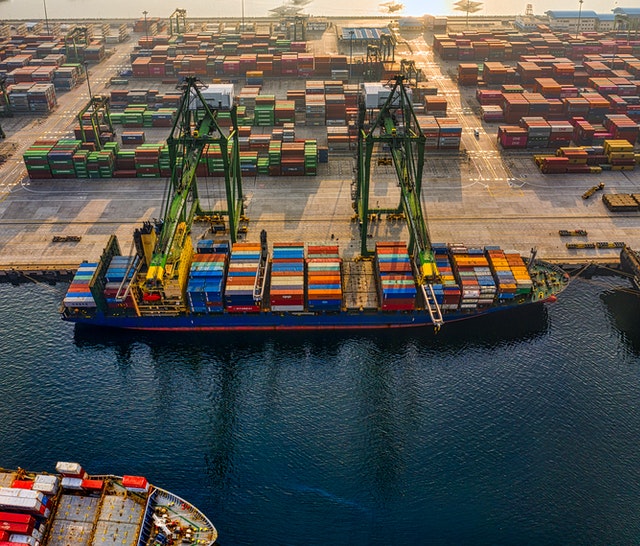While individuals and businesses often don’t consciously think about it, we depend on supply chains for food, jobs, energy, and virtually everything we own. Naturally, the uncertainty caused by climate change and the progress of the COVID-19 pandemic is affecting the supply chains. This is making it hard for businesses to resume their operations on a global scale while demand is simultaneously increasing. Freight rates have been increasing due to increased e-commerce demand as well as reduced labor at ports, and transport capacity is being stretched thin. In this post, we will address how to fix the supply chain crisis through business measures.
Why is the Supply Chain Still Experiencing Issues in 2022?
To address the solution, we must first identify the problems plaguing our global trade systems.
Transportation
Labor shortages have had a huge impact on the United States and other countries — without transportation and warehouse workers to drive business forward, cargo is not reaching its destination on time.
Truck drivers are one example of such a transportation worker shortage. While there are plenty of licensed truck drivers in the United States, for example, many choose to enter other industries with higher wages, less stress, and better working conditions.
Growing E-Commerce Demand
With high demand for e-commerce items, ports are facing more pressure than ever before. With the pandemic and climate disasters affecting labor-intensive work, such as manufacturing and shipping, delivery times have increased. In the age of two-day shipping, these delays are significant.
Geopolitical Tensions
Geopolitical tensions play a major role in trade relationships. With weakening trade relationships among certain countries, said countries may move their production centers to different locations. These locations are likely closer in both a geographic and political sense.
How to Fix the Supply Chain Crisis
Resilience
Our previous posts have discussed this concept in detail, but it must be reiterated that supply chain resilience is critical to fixing the current global crisis. While “lean” manufacturing has been a central component of production, it is no longer viable against the many factors within a supplier’s control. These external factors, such as natural disasters, can easily cost you billions of dollars in lost output.
Diversification
Many businesses across our global landscape depend on production centers in hubs like China. However, depending heavily on one manufacturer or supplier is a risky strategy. COVID-19 is just one example of how a country shutting down can lead to worldwide ripple effects — in the future, country-specific issues can lead to major supply chain disruptions.
Full Visibility into Your Supply Chain
Many businesses have an incomplete view of what their supply chain looks like beyond the first direct supplier. There is little understanding of the risks and benefits beyond cost. With data analysis tools that help businesses implement scenario analyses and probabilistic modeling, they can obtain a better understanding of how resilient their supply chain is.
Stay Prepared for the Next Global Shock
The issue of how to fix the supply chain crisis is a complex one, but encouraging each business to do its part will go a long way in resolving inefficiencies. The next global shock is not a matter of if it will happen, but when it will happen. That’s exactly why every venture must be prepared to face the next set of challenges.

